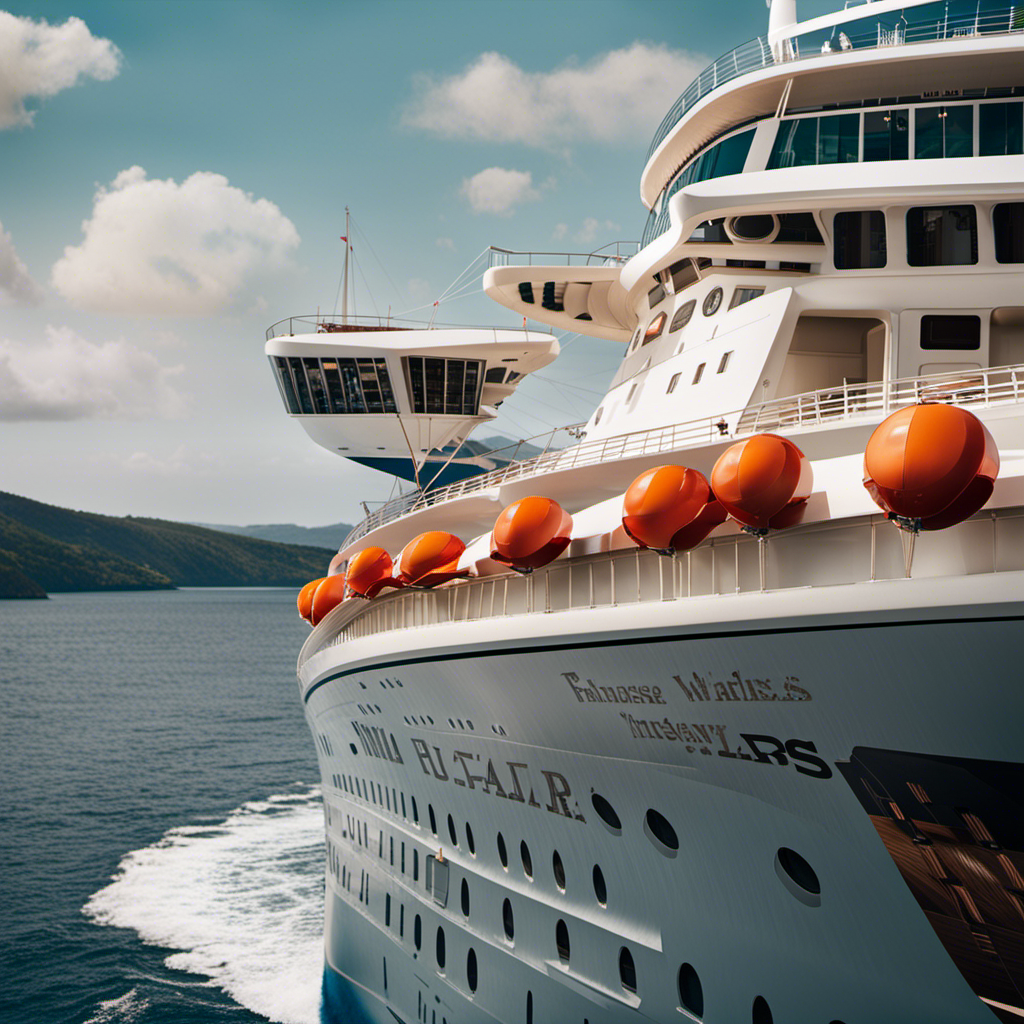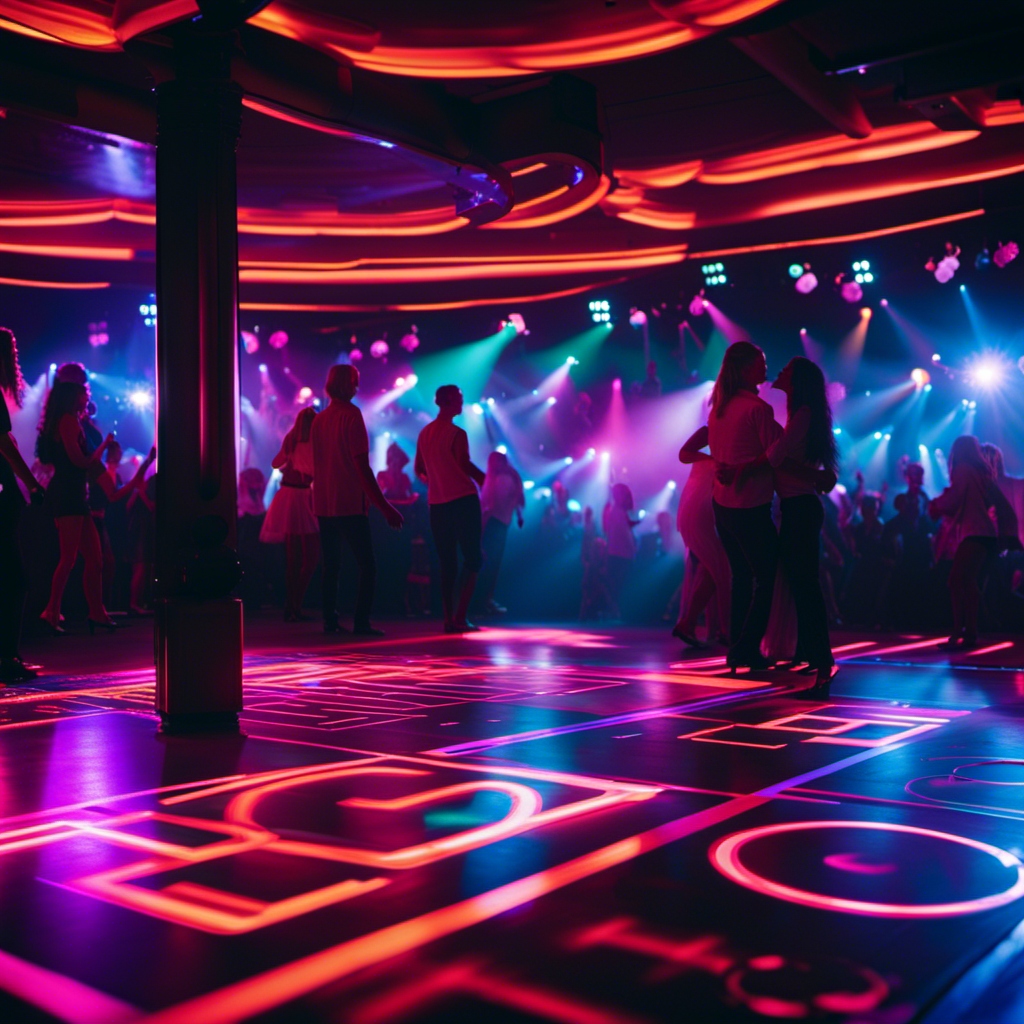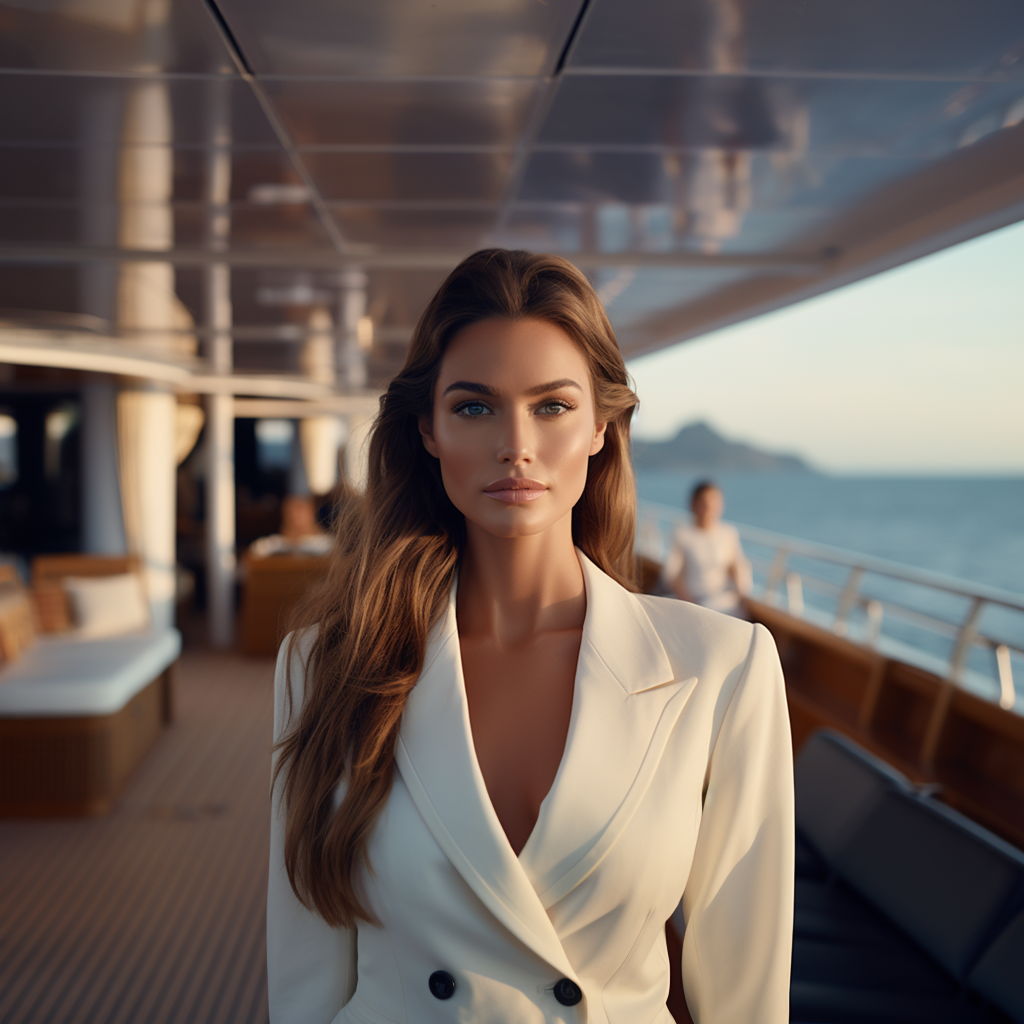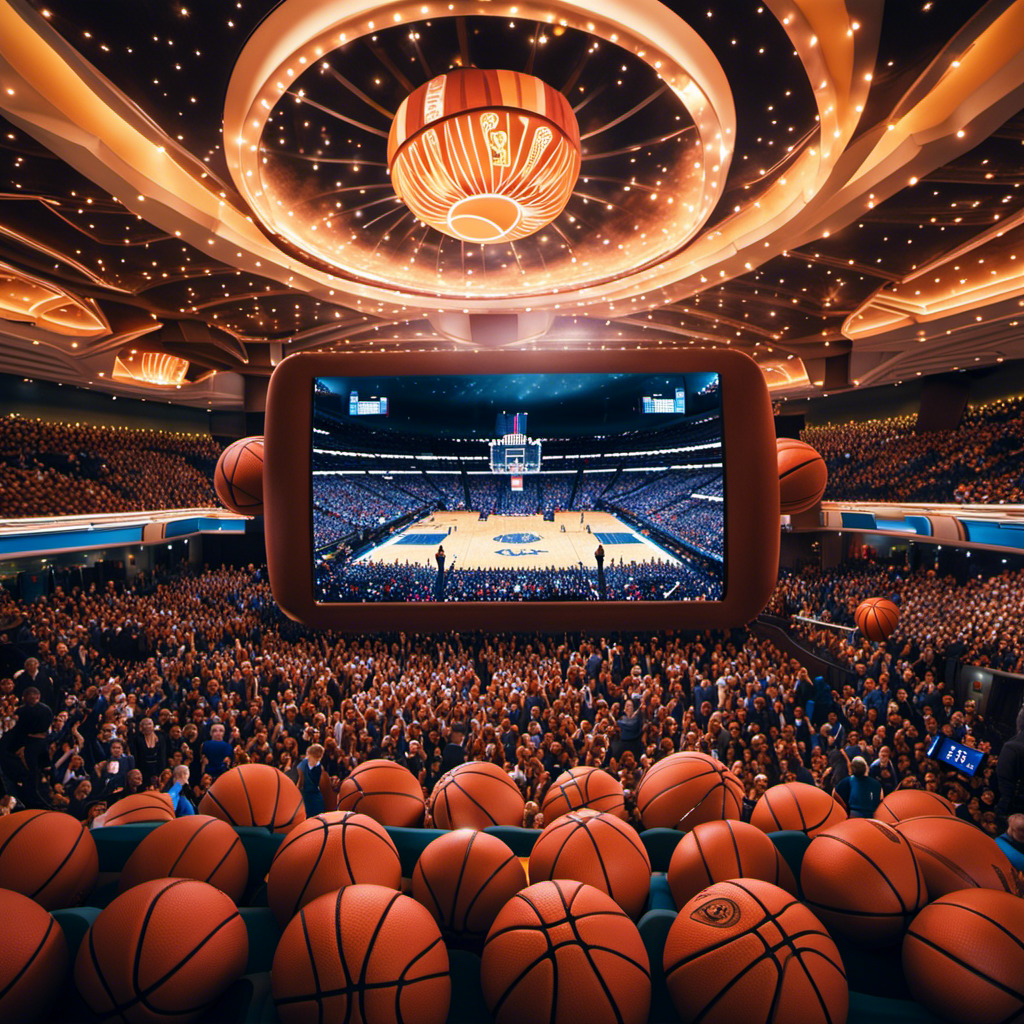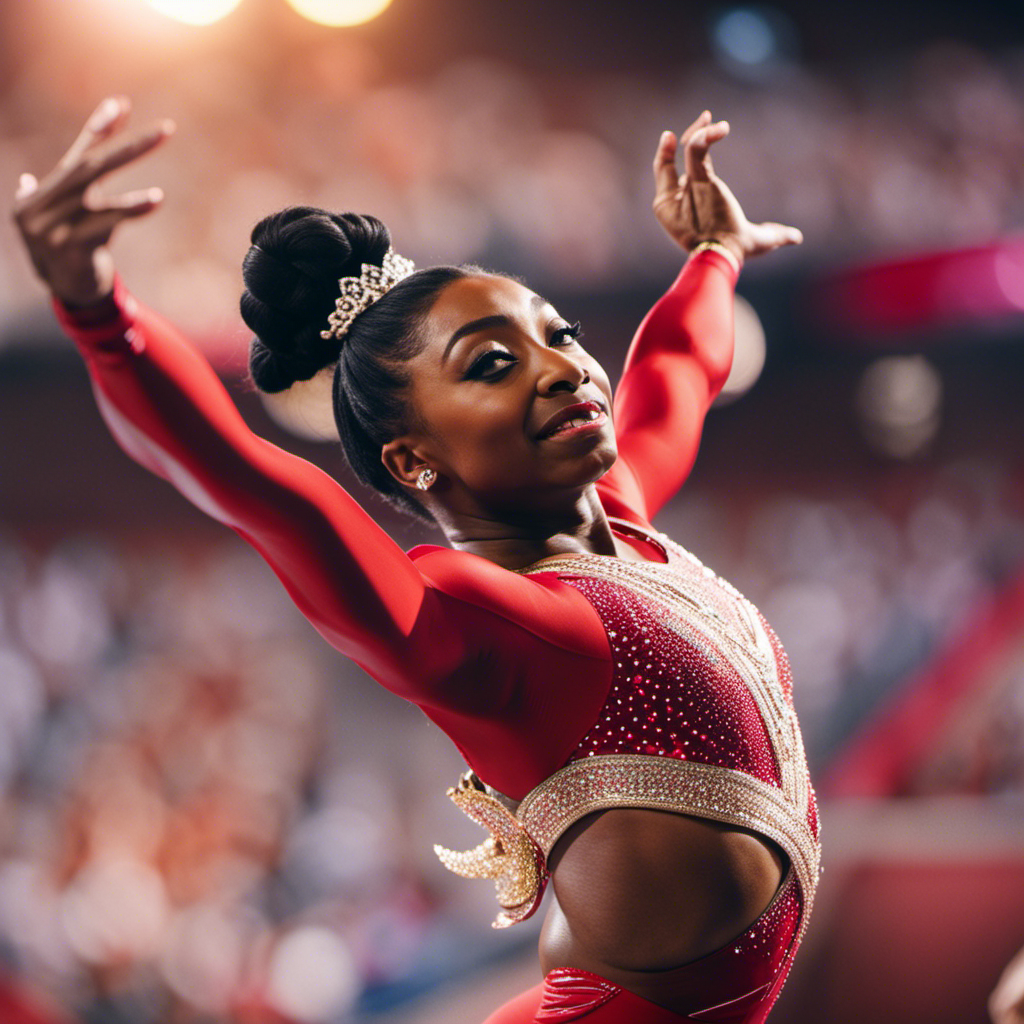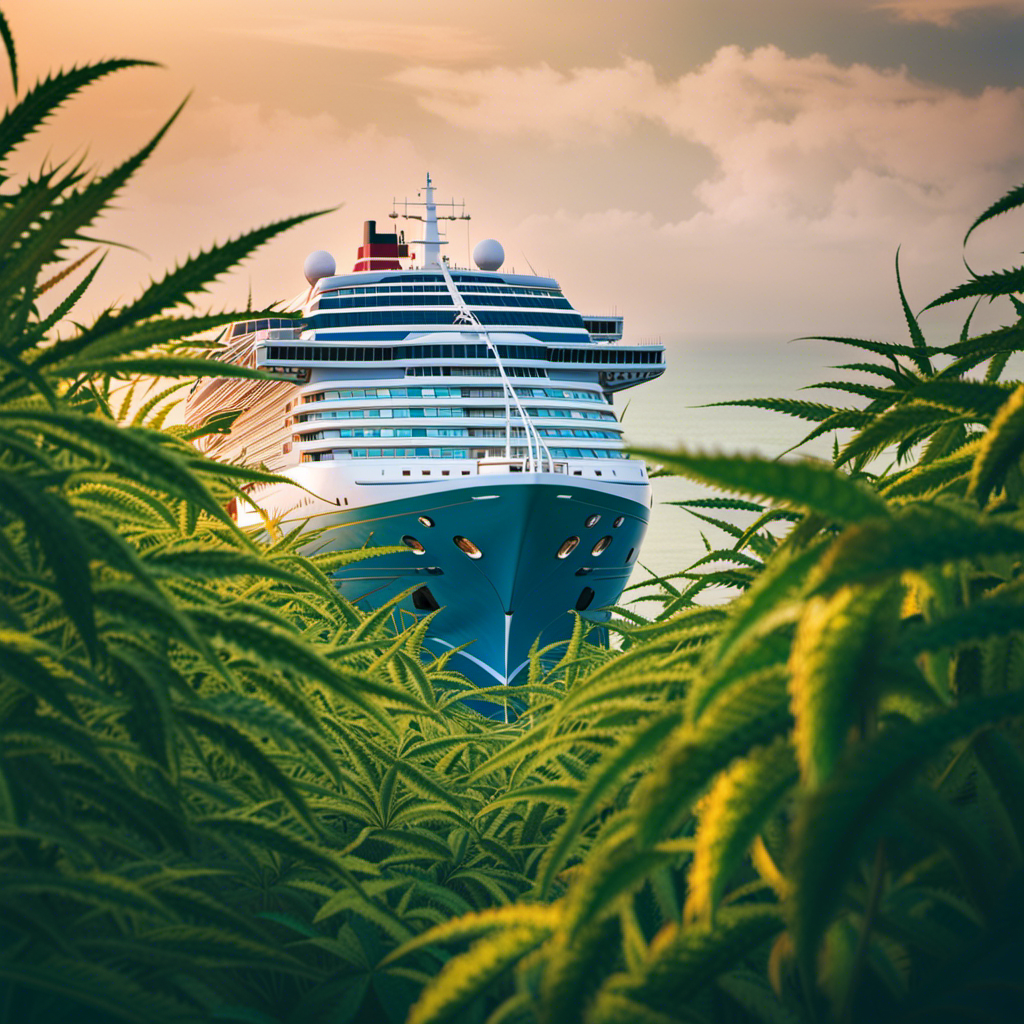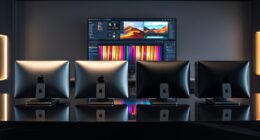Ahoy there! Come aboard as we embark on a journey through time to explore the fascinating evolution of cruise ship bows.
From the majestic clipper ships of old, with their tusk-like bowsprits and sleek pointed bows, to the modern innovations of bulbous designs, these bows have undergone remarkable transformations.
As a lover of maritime history, I am excited to delve into the rise of vertical and raked bows, the influence of Art Deco and curvaceous designs, and the game-changing introduction of bulbous bows.
Join me as we uncover the impact of bow design on efficiency and fuel consumption, and discover the cutting-edge innovations on the horizon.
Key Takeaways
- Cruise ship bows have evolved in shape and size over time, influenced by changes in aesthetics and technology.
- Clipper bows, characterized by long, pointed bows with tusk-like bowsprits, fell out of style with the advent of steam-powered ships but made a comeback in the cruise fleet with some alterations.
- Famous liners like the Titanic and Ile de France had finely pointed, vertical bows, and as streamline form became popular, bows became more angled or raked.
- Bulbous bows, borrowed from war ships, were a significant innovation in ship design, improving ship efficiency by pushing water and setting a trend for their use on passenger ships.
The Age of Clippers: Sleek and Pointed Bows
I find it fascinating how clipper bows, with their long, pointed shapes and tusk-like bowsprits, provided more sail volume and were visually stunning in the age of clippers.
During the reign of clippers, these elegant bows were a symbol of speed and grace on the high seas. The sleek design allowed for greater maneuverability and increased speed, making clipper ships the fastest vessels of their time.
The elongated shape of the bow also allowed for more sail area, maximizing the ship’s propulsion capabilities. The elegance of clipper bows captivated the imaginations of sailors and onlookers alike, showcasing the artistry and craftsmanship of the shipbuilders.
Although clipper bows fell out of style with the advent of steam-powered ships, their legacy lives on in the enduring fascination with these magnificent vessels.
The Rise of Vertical and Raked Bows
The vertical and raked bows were considered state of the art in ship design during the rise of this style. The influence of technology on the design of vertical bows was significant. With advancements in engineering and construction materials, shipbuilders were able to create sleek, finely pointed bows that enhanced the performance of the vessel. These bows, such as those seen on the Titanic and Ile de France, allowed for better hydrodynamics and improved fuel efficiency.
On the other hand, the impact of raked bows on ship maneuverability cannot be overlooked. The angled design of the raked bow provided ships with increased stability and improved handling in rough seas. Ships like the Queen Mary, Queen Elizabeth, and Nieuw Amsterdam showcased the elegance and functionality of raked bows. The curvaceous designs of these bows not only added to the aesthetic appeal of the ship but also improved its overall performance.
Art Deco and Curvaceous Designs: The Dutch Influence
During the Art Deco era, Dutch ship designers influenced the creation of curvaceous bow designs. This period was characterized by a focus on sleek lines, geometric shapes, and lavish ornamentation.
The Dutch influence can be seen in the graceful curves and elegant forms of the ship bows. These designs were a departure from the previous vertical and raked bows, adding a touch of sophistication and artistry to the ships.
The Dutch designers incorporated elements of nature and modernism into their creations, resulting in bow designs that were both aesthetically pleasing and functional.
The Art Deco era marked a significant shift in cruise ship design, with the Dutch influence leaving a lasting impact on the industry.
The Game-Changer: Bulbous Bows
The introduction of bulbous bows revolutionized the efficiency and performance of passenger ships.
Bulbous bows, compared to other bow designs, offer several advantages. Firstly, they help reduce wave-making resistance by altering the flow of water around the ship’s hull. This reduction in resistance leads to increased fuel efficiency and lower operating costs.
Additionally, bulbous bows enhance the ship’s stability and seakeeping abilities, allowing for a smoother and more comfortable experience for passengers. The shape of the bulbous bow also helps to minimize slamming and pitching motions, reducing the risk of seasickness.
In comparison to other bow designs, such as vertical or raked bows, bulbous bows have proven to be more effective in improving hydrodynamic performance. Their wide adoption in the industry is a testament to their positive impact on ship design and operation.
Efficiency Below the Waterline: Impact of Bow Design
When considering efficiency below the waterline, it’s important to understand how different bow designs impact a ship’s performance. The hydrodynamics of bow design play a crucial role in a ship’s fuel efficiency.
The evolution of cruise ship bows reflects advancements in technology and aesthetics, with designers constantly exploring new designs to improve performance. One key factor in fuel efficiency is water resistance. Different bow designs have different effects on water resistance, which directly impacts a ship’s speed and fuel consumption.
For example, bulbous bows, borrowed from warships, have been a game-changer in ship design by improving efficiency through reduced water resistance. Understanding the impact of bow design on fuel efficiency is essential for optimizing a ship’s performance and minimizing its environmental footprint.
From Aesthetics to Performance: The Evolution of Cruise Ship Bows
As a ship enthusiast, I find it fascinating to see how cruise ship bows have transformed over time, both in terms of aesthetics and performance. The influence of technology on cruise ship bow design and the role of aesthetics in shaping cruise ship bows have been significant factors in this evolution.
| Technology | Aesthetics | Performance |
|---|---|---|
| Advances in hydrodynamics and propulsion systems | Sleek and streamlined designs | Improved fuel efficiency and speed |
| Use of bulbous bows | Unique and visually striking shapes | Reduction in water resistance and increased stability |
| Computer simulations and modeling | Integration of bow design with overall ship architecture | Enhanced maneuverability and reduced noise |
The integration of technology and aesthetics has resulted in cruise ship bows that not only look impressive but also perform efficiently. The sleek and streamlined designs, along with the use of bulbous bows, have reduced water resistance and improved fuel efficiency. Additionally, advancements in hydrodynamics and propulsion systems, as well as computer simulations and modeling, have contributed to enhanced maneuverability and reduced noise. The evolution of cruise ship bows is a testament to the continuous pursuit of both functionality and aesthetics in ship design.
Innovations on the Horizon: Exploring New Bow Designs
As I delve into the future of cruise ship bow designs, my excitement grows. The cruise industry is constantly pushing boundaries and seeking new ways to enhance the passenger experience.
Exploring futuristic designs and incorporating innovative materials for bow construction is at the forefront of this endeavor. Designers are envisioning sleek and streamlined bows that not only improve performance and fuel efficiency but also create a visually striking presence on the water.
They are experimenting with materials like carbon fiber and titanium to make the bows lighter and stronger, allowing for greater maneuverability and speed. Additionally, the use of advanced hydrodynamics and computational fluid dynamics is enabling designers to optimize the shape and contours of the bow, reducing water resistance and enhancing the ship’s overall efficiency.
The future of cruise ship bows is undoubtedly promising, with cutting-edge designs and materials paving the way for a new era of maritime innovation.
Frequently Asked Questions
What Is the Significance of the Bow Design on Cruise Ship Performance?
The bow design of a cruise ship significantly impacts its performance. Factors such as water resistance and efficiency are influenced by the shape of the bow. Ship designers constantly seek new designs for improved performance and fuel efficiency.
How Have Advancements in Technology Influenced the Evolution of Cruise Ship Bows?
Advancements in cruise ship bow technology have greatly influenced the evolution of bows. The impact of technology on bow design can be seen in the changes from sleek and clipper-like shapes to more efficient and streamlined designs.
What Were the Reasons for the Decline in Popularity of Clipper Bows?
The decline in popularity of clipper bows can be attributed to the rise of steam-powered ships and the shift towards more streamlined designs. This had a significant impact on ship design, shaping the evolution of cruise ship bows.
How Do Bulbous Bows Improve Ship Efficiency?
Bulbous bows improve ship efficiency by reducing water resistance. The added mass of the bow helps push water, resulting in less energy needed to propel the ship forward. This leads to fuel savings and increased performance.
Are There Any Current Innovations or New Bow Designs Being Explored for Cruise Ships?
Exploring alternative bow designs and future prospects for cruise ship bows involve researching new shapes, materials, and technologies to improve performance and fuel efficiency. Designers are constantly seeking innovative solutions for the evolving needs of the industry.
Claire, a creative soul with an unquenchable thirst for storytelling, is an integral part of the Voyager Info team. As a dedicated writer, she weaves captivating narratives that transport readers to enchanting cruise destinations and beyond.
Claire’s love affair with writing began at an early age when she discovered the magic of words and their ability to craft worlds and emotions. Her innate curiosity led her to explore various literary genres, but it was travel writing that truly captured her heart. Drawing inspiration from her own globetrotting adventures and encounters with diverse cultures, Claire embarked on a journey to become a travel writer par excellence.

